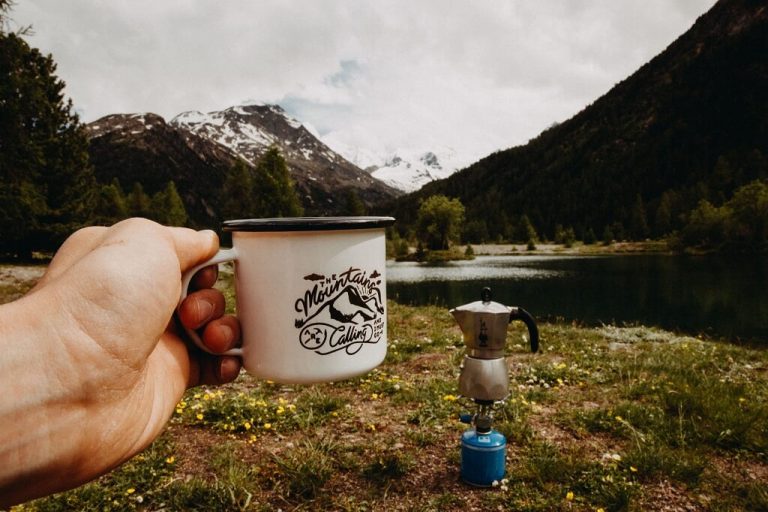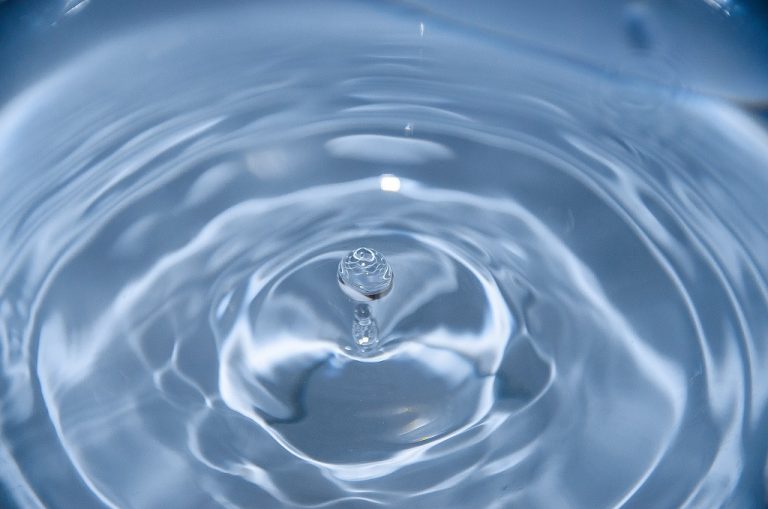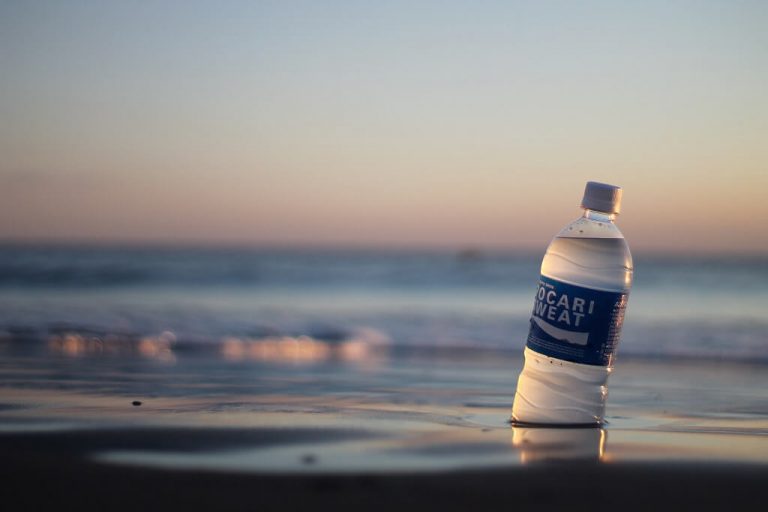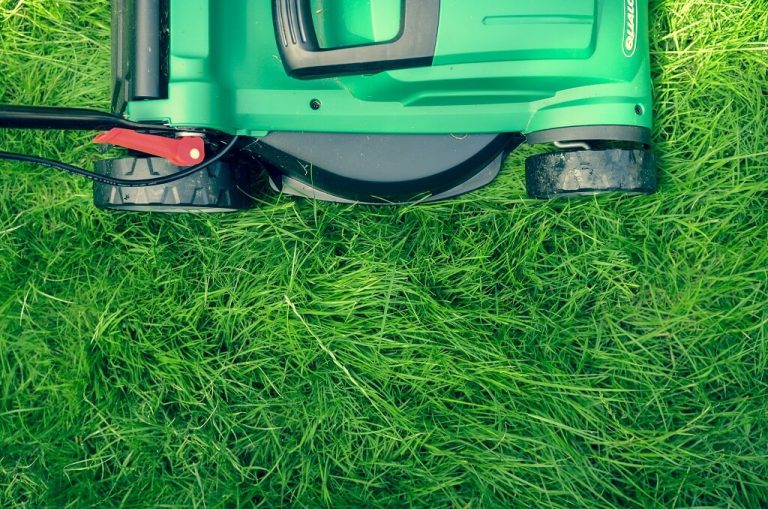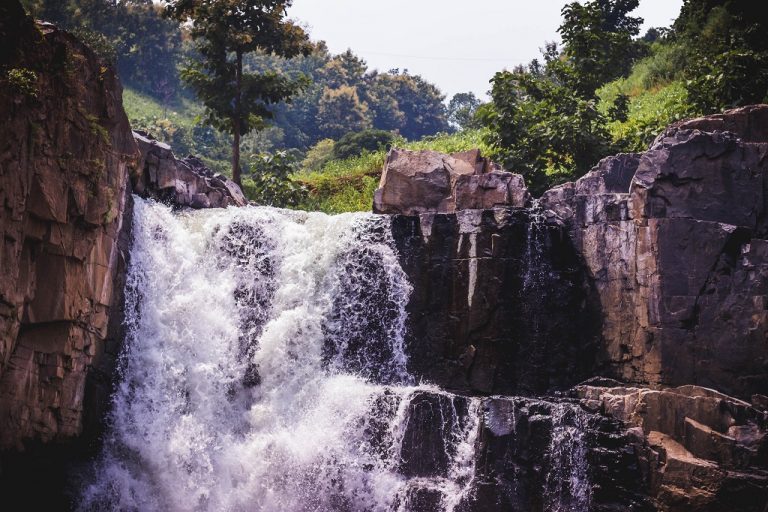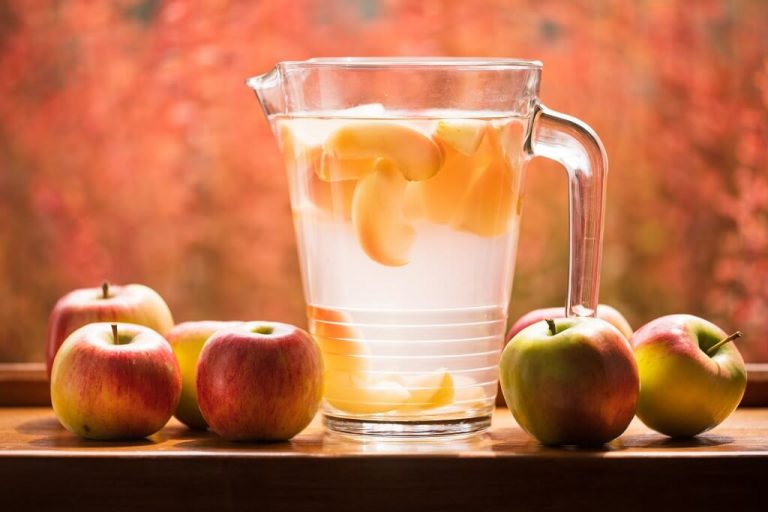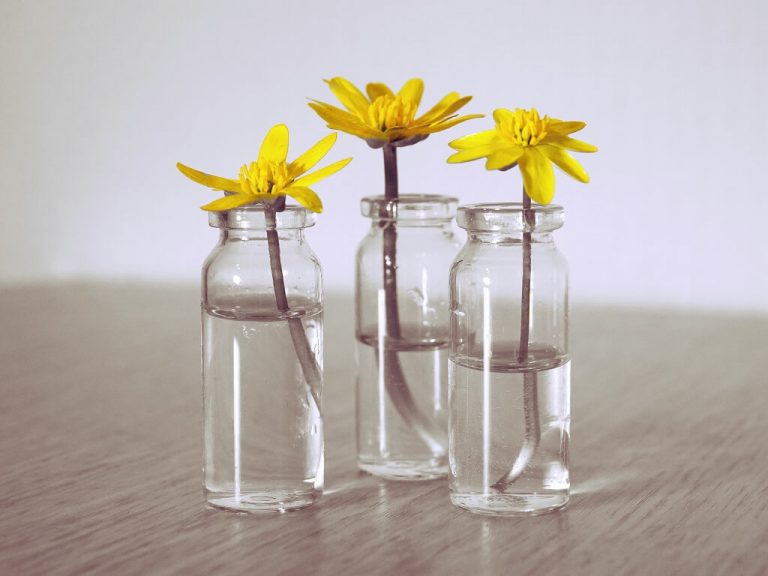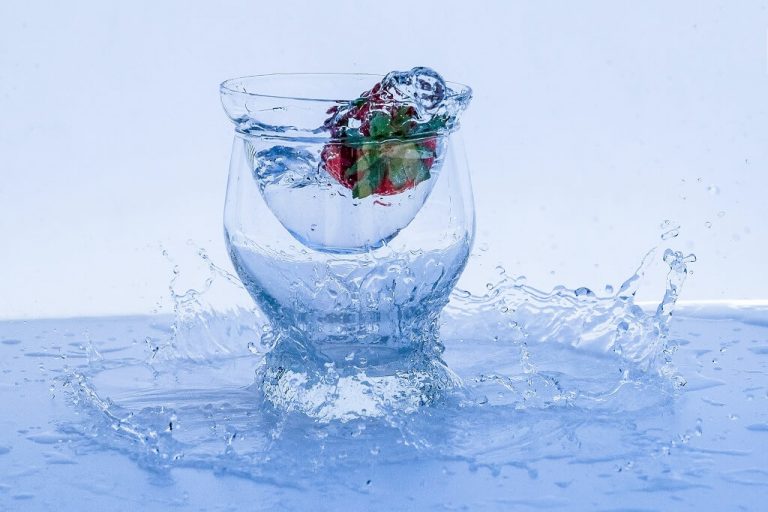With a portable water filter, you can purify water on the go. Portable water filters are compact devices with built-in filtration systems for removing water contaminants, including sediment, debris, and microorganisms; these filters are ideal for several situations, including traveling, camping, and survival. Water filters turn contaminated water into safe drinking water in a few steps. What Should You Consider When Choosing Portable Water Filters? When shopping for a portable water filter, the first factor to consider is its intended use. For camping and hiking purposes, the intended use of a water filter is to filter sediment and bacteria. For traveling abroad, its intended purpose will be to target viruses and bacteria. Other factors to consider when choosing water filters include the filter type, capacity, durability, size, and ease of use. Filter Type There are different styles when it comes to portable water filters, and they each have their setting.…
Modern water purifiers make water safe for drinking. You may ask how. Water purifiers make use of a purification technology that does all the work. UV (ultraviolet) purification is a leading water purification technology, and most modern water purifiers use it. The best home water purifiers use UV purification to provide pure, safe drinking water. This article discusses some of the essential things to know about UV water purification. What Is The Working Mechanism of The UV Water Purification? UV water purification systems use ultraviolet rays to purify water by killing microorganisms present in the water. The UV rays kill water-borne organisms by disrupting their DNA, preventing their reproduction. Fortunately, UV rays do not cause any chemical change in water. Therefore, water purified through UV rays retains their original taste and they are free from harmful microorganisms. Low-pressure mercury vapor lamps produce ultraviolet radiation at a specified level. Therefore, modern…
About 67% of American homes own a pet. A recent study by the American Pets Products Association shows at least one pet living with 85 million families. Now, more than ever before, pets have become part of families. Pets require care just like humans for their well-being. Most people spend time researching healthy food for their pets while neglecting healthy water. Filtered water has numerous benefits. If your family takes filtered water, you should consider giving your pets as well. This article discusses six reasons why you should give your pets filtered water. Kindly read on to learn more. 1. Filtered Water Improves Hydration Pets, just like humans, have a large water composition. Therefore, both pets and humans require water to stay hydrated and cool off. Because filtered water tastes great, pets will want to drink more of it once they access it. The more pets drink water, the less…
Tap water may be safe to drink, but even the safest tap water contains several impurities that may harm the body in the long run. This is where filtration comes in. But not everyone can afford a filtration system. Alternatively, you may need drinking water in emergency situations. With a home water filter, you have an affordable filtration solution and capable of saving the day in times of emergency. Why Do You Need A Water Filter? Filtering your water is necessary for the following reasons; Maintaining drinking water standards. There are specific standards for tap water in American homes, as set by the Environmental Protection Agency. But these standards may not be in line with your water quality goals in some cases. For instance, arsenic, a popular human carcinogen, has a maximum contaminant level goal (MCLG) of 0.0 mg/L, but the EPA allows a maximum of 0.01 mg/L in tap…
Bottle water drains the environment. The U.S public uses about 50 billion water bottles per annum, with most of it going unrecycled. Transporting and keeping water bottles cold burns fossil fuels, giving off greenhouse gases. Furthermore, bottled water companies pump groundwater, drawing heavily on underground aquifers and harming watersheds. Also, it is estimated that one liter of bottled water requires three liters of water for production. Yet, over $100 billion is the global spend on bottled water annually. Many cities in developing countries without a safe tap water source rely on bottled water as a safer option. In the U.S, tap water is federally regulated and screened frequently for dangerous pollutants. However, the public consumes 21 gallons (79 liters) of bottled water per capita annually. The bottled water industry is very thriving; the number of gallons sold outpaces milk, juice, and coffee. However, it is still behind soda and beer.…
With a little practice, you can have a beautiful, healthy lawn while conserving water! The EPA or Environmental Protection Agency’s Stats have shown that approximately one-third of all U.S. Residential properties use water for irrigation but half of (50%) irrigation water is wasted due to poor water practices. You should learn the best ways for using water, whether you want to conserve water or are concerned about the rising cost of water, you will find out you can provide less water and still have a beautiful lawn. Understanding Your Lawn’s Grass If the grass in your lawn is natural to the area you live in, their water needs are in line with the region you live in, and therefore less maintenance is required. As an example, Kentucky bluegrass or tall fescue are excellent choices for cooler northern zones while Bermuda grass or Zoysia grass is perfect for warmer southern zones.…
Drinking enough water is important for your health because it contributes to the normal functioning of all cells in your body. Therefore, it is important that you drink enough fluids throughout the day. There are many different types of water, with spring water and filtered water being the most popular. You may be wondering how they differ and whether you should choose one or the other. Compare The Standards Purified water and spring water have different health requirements, which is one of the main differences. All impurities in water must be reduced to less than 10 parts per million to be considered purified. The Environmental Protection Agency has ruled that this is much higher than the levels required for normal drinking water, including tap water. Chemicals and pathogens must be removed from purified water, but not microbes. Often purified water is confused with filtered water. However, this is not correct…
Humans cannot survive without water. Every cell in our body requires water to function as expected. Dehydration causes constipation and the accumulation of toxins in the body. If the body doesn’t get sufficient water, it affects kidney function. On the other hand, Hydration prevents all these, in addition to lubricating the muscles, nourishing the screen, and keeping the body temperature normal. We are all at the risk of dehydration, but the risk is higher in certain people, including infants and young children and people who spend time outdoors. Older adults are also more susceptible to dehydration. The older we get, the smaller our body’s fluid reserve. As a result, the body struggles to conserve water, as indicated by a less acute thirst sense. If such individuals suffer illnesses like dementia or diabetes that require treatment via certain medications, they may suffer even more severe dehydration. Drinking water daily is important.…
Just like human bodies, plants of all types react differently to various types of water. In fact, what works for one type of plant, may not necessarily work well for another. This is highly dependent upon where the plant originates from, the environment it has grown accustomed to, and more. When a plant has been given something it doesn’t prefer, it also provides a few physical queues to let you in on it’s sufferings. With these details in mind, let’s jump right into the water options available for your beloved house plants. Utilizing Natural Sources Natural water sources can be vital to the overall success of growing plants indoors, depending upon several other factors. It may be confusing to determine what constitutes a “natural source” when it comes to water, so we narrowed it down for you. If you have the ability to harvest water from a natural source, ensure…
Water systems can be intricate and finding the cause of the water’s taste can be even more difficult. Bad tasting or smelly water can affect you every single day. If you are brushing your teeth, drinking a glass of water, or cooking, you just can’t get away from the taste and smell. Finding the source of the taste or smell is the first step in getting the right water filter for you. Once you find the right filter, you will discover why your tap water smells or tastes so bad! Why Water Tastes This Way According to the U.S. Environmental Protection Agency, approximately 15% of people in the United States use well water. That means their water is not from a municipal source but from their well. The rest of the populations (around 85%) get their water from municipal systems. Because most well water is groundwater, municipal water comes from…

